With about 4 times the surface of the 35mm film format, the medium format can be enlarged significantly without losing quality. Artists often use the medium format size for large prints because it has less apparent grain and finer details. Also, it has better tonality (smoother gradations). The biggest and obvious difference in 35mm and 120 Medium Format (Can be referred to as “Medium format” or just “120”) is the size.
35mm vs 120 Medium Format Film
How to choose to shoot with 35mm or 120 medium format film?
35mm Film
35mm gets its name from the total width of 135 film, which for years was the format’s primary medium. 35mm film has a standardized frame size of 24mm x 36mm (864 sq. mm of film surface). An advantage of 35mm is because it’s smaller. This smaller size makes the camera and the cartridges a bit more portable to larger format cameras that are bulkier and heavier. They also tend to be more difficult to set up. Because the 35mm format is convenient, easy to use and the world’s most popular film format, it’s a staple for many amateur photographers.
120 Medium Format
Once the most widely used film size, 120 medium format film now occupies a niche in the photography world, adored by professionals and amateurs alike for its distinctive, true-to-life quality.
The primary distinction of medium format film is the larger size. This size difference can be anywhere from two to six times larger than 35mm films. This larger film size produces images with much more resolution, allowing the photographer to create large prints without the noticeable grain that you would get with smaller format film. The larger size of medium format film also allows for more control over depth of field, and therefore has greater creative potential.
Aside from its size, there are other, more subtle advantages to shooting medium format film. Because the tonality is better (smoother gradations) and lack of perspective distortion, medium format images have a distinct feel that is instantly recognizable. This lack of perspective distortion, which warps and transforms an object significantly from how it looks with a normal focal length, medium format images tend to look closer to what your eyes see in the real world. This natural look is what makes medium format images so powerful.
Our experienced staff has literally developed millions of E-6 film rolls, ensuring professional and reliable processing results every time! Learn more about our E-6 slide film developing.




 My Account
My Account

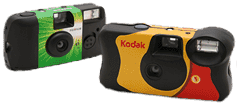
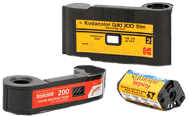
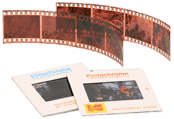
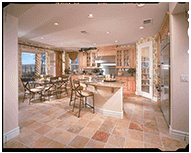
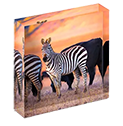
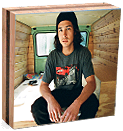
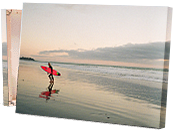
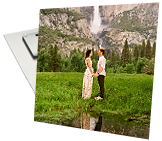
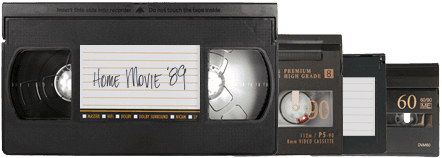
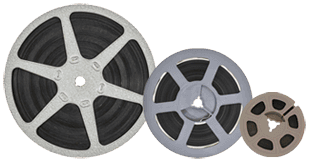
 Gift Cards
Gift Cards Film Index
Film Index FAQ
FAQ
[…] 35mm vs 120 Medium Format Film. A comparison of the two […]
Ya but the camera is so big. Not fun to carry around.
Get a Rolleiflex. The older 3.5’s from 1950 etc are not significantly different in most cases from the later ones and much cheaper. I have several of the later versions buy carry the early 50’s 3.5 on travels as it can fit in a jacket pocket. The square negative format eliminates the decison of how to frame the photo (vertical or horizontal). Lens quality is exceptional. No interchangeable lens, but not that necessary in MF.
Adding to the last post, I often shoot slides. These are spectacular and can be easily viewed without a projector. If you want a projector there were many made in the late 50’s that were 35mm but had a slot for 6×6 also. Look for Tower by Sears. There are others.
As a Digital Imaging Technician in the 90s, I had scanned thousands of images. I was fortunate enough to work for one of the top labs in the nation. Seeing the grain and image detail of 35mm, 120, and 4×5 when brought into Photoshop was amazing. We often blew these images up to “Poster size” or near billboard size for use in commercial displays. I got to see and handle the negs/slides of some of the best photographers. I do miss those days, but am very happy to see modern cameras like the Fuji GFX100 provide that same look without all the processing. Back in 1998 we thought we were cutting edge bumping out 100MB images with a Hasselblad 500C with a Phaseone digital back. It scanned in Red, Green, and Blue and took a few minutes for each exposure! (We were shooting mostly architecture renderings to be reproduced so they didn’t move). Ah, the good ole days!
can we still buy 130 roll fil’m
thanks
john
Yes, 120 film is available online.
120 film is great stuff. 6×6 is my preferred format. 6×7 and 6×9 are hard to use due to negative being too big and I end up framing stuff I don’t want in the shots.
35mm is nice as well. But everything pales when compared to a drum scanned 4×5 neg. I find 6×6 the best format as it’s easy to print and to put into photo books and because of that I use it for producing work that I sell.
It was also one of Ansel Adams favorite formats.